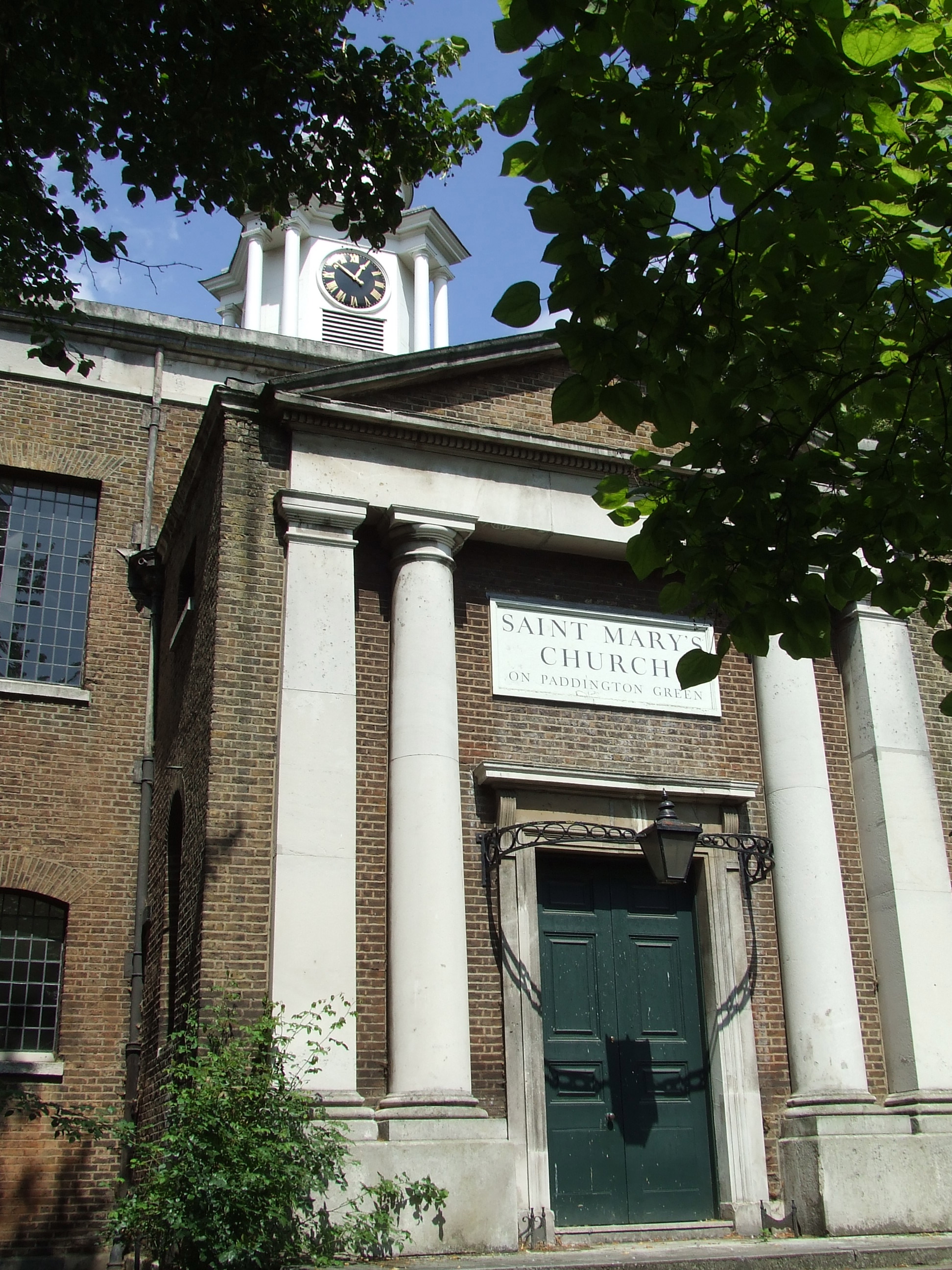John Plaw (architect) on:
[Wikipedia]
[Google]
[Amazon]
 John Plaw (1745-1820) was an architect who was born in
John Plaw (1745-1820) was an architect who was born in
Digital Library for the Decorative Arts online version of ‘Sketches for Country Houses, Villas, and Rural Dwellings’
Historic Places of Prince Edward Island information about John Plaw
Historic Places of Canada
 John Plaw (1745-1820) was an architect who was born in
John Plaw (1745-1820) was an architect who was born in London
London is the Capital city, capital and List of urban areas in the United Kingdom, largest city of both England and the United Kingdom, with a population of in . London metropolitan area, Its wider metropolitan area is the largest in Wester ...
but later emigrated to the Colony of Prince Edward Island in North America. He is known for favouring circular designs in the classical style.
There are two known surviving examples of his work in the UK. These are a circular villa built on Belle Isle, Windermere
Windermere (historically Winder Mere) is a ribbon lake in Cumbria, England, and part of the Lake District. It is the largest lake in England by length, area, and volume, but considerably smaller than the List of lakes and lochs of the United Ki ...
’s largest island, and St Mary on Paddington Green Church, which was designed in the shape of a Greek Cross
The Christian cross, with or without a figure of Jesus, Christ included, is the main religious symbol of Christianity. A cross with a figure of Christ affixed to it is termed a crucifix and the figure is often referred to as the ''corpus'' (La ...
and constructed between 1788 and 1791. A third property, The Round House in Romford
Romford is a large List of places in London, town in east London, east London, England, located northeast of Charing Cross. Part of the London Borough of Havering, the town is one of the major Metropolitan centres of London, metropolitan centr ...
, Essex
Essex ( ) is a Ceremonial counties of England, ceremonial county in the East of England, and one of the home counties. It is bordered by Cambridgeshire and Suffolk to the north, the North Sea to the east, Kent across the Thames Estuary to the ...
, constructed between 1792-4, has also been attributed to Plaw.
Career
John Plaw began his apprenticeship with a London bricklaying company in 1759. As an apprentice, he received an architectural award from the RSA. From 1775 – a year after completing plans for the villa on Belle Isle – he was exhibiting architectural drawings at theRoyal Academy of Arts
The Royal Academy of Arts (RA) is an art institution based in Burlington House in Piccadilly London, England. Founded in 1768, it has a unique position as an independent, privately funded institution led by eminent artists and architects. Its ...
.
In the 1790s Plaw found work in Southampton
Southampton is a port City status in the United Kingdom, city and unitary authority in Hampshire, England. It is located approximately southwest of London, west of Portsmouth, and southeast of Salisbury. Southampton had a population of 253, ...
and the Isle of Wight
The Isle of Wight (Help:IPA/English, /waɪt/ Help:Pronunciation respelling key, ''WYTE'') is an island off the south coast of England which, together with its surrounding uninhabited islets and Skerry, skerries, is also a ceremonial county. T ...
designing the military barracks which became the offices of the Ordnance Survey as well as nearby housing. In 1807 he and his family emigrated to Prince Edward Island where he submitted proposals for a jail, a courthouse, a market building and a commercial building. The courthouse and market building were completed, however neither still stands today.
Surviving designs in print
John Plaw is largely remembered for three successful pattern books, ‘Rural Architecture; or Designs from the Simple Cottage to the Decorated Villa ’, ‘Ferme Ormee or Rural Improvements’ and ‘Sketches for Country Houses, Villas, and Rural Dwellings’. All three books are still in print today.External links
Digital Library for the Decorative Arts online version of ‘Sketches for Country Houses, Villas, and Rural Dwellings’
Historic Places of Prince Edward Island information about John Plaw
Historic Places of Canada
References
{{DEFAULTSORT:Plaw, John 1745 births 1820 deaths Architects from London English emigrants to Canada Canadian architects People from Prince Edward Island